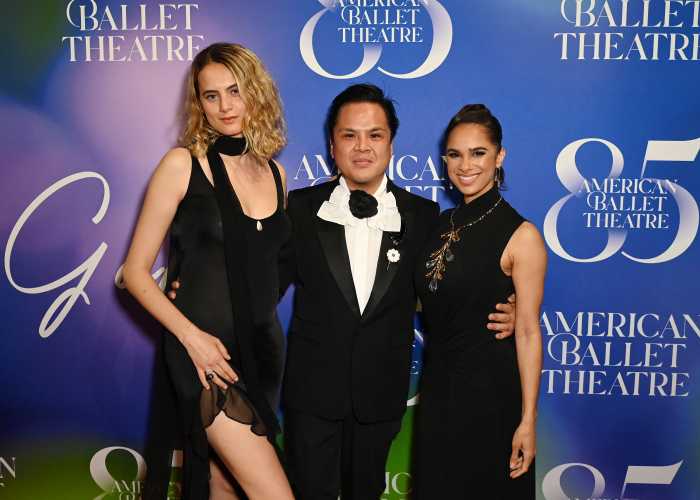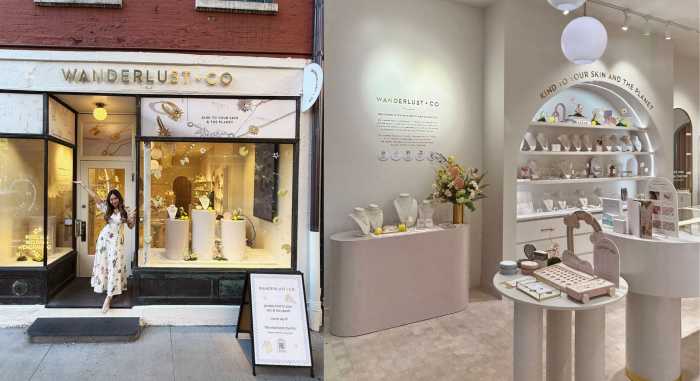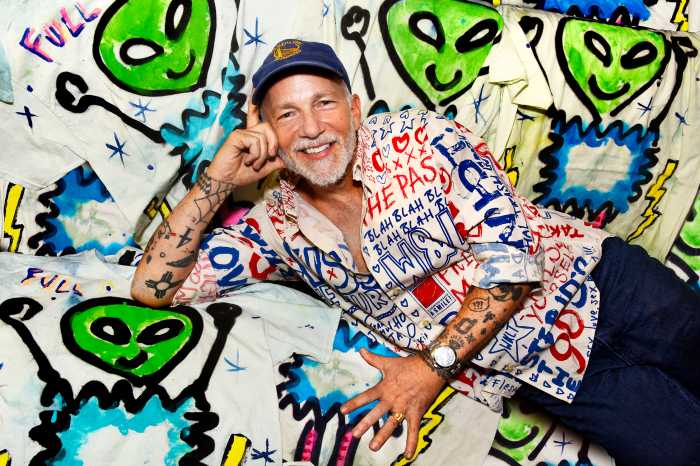Pierre Niney, 25, gives a transcendent performance as one of the world’s most famous fashion designers in the new movie “Yves Saint Laurent,” which opens on June 25 at Film Forum (209 W. Houston St.).
Portraying the late Saint Laurent, who gave the world the iconic “trapeze” dress shape, safari jackets, “Le Smoking,” (women’s tuxedo suits), the Mondrian dress and boho chic, is a breakout role for Niney, who lives in Paris. Best known as Balthazar in “It Boy,” Niney researched the life and perfected the mannerisms and artistic skills of the Algerian-French designer, who died in 2008 at the age of 71, for five months to better embody the mercurial and savagely talented pioneer of ready-to-wear.
Q: What has inhabiting the role of Yves Saint Laurent taught you about fashion?
A: A lot! Working with coaches and a stylist, I learned how to drape, how to touch a dress, how a fashion house runs. I was just at the Dior show: Now I see all the patience, inspiration and the remarkable craftsmanship and sewing that goes into haute couture.
Do you dress differently now?
I didn’t change radically. Right now I’m wearing Yves Saint Laurent. It suits me: I’m thin and tall. But I love Dior, too. Of course, for the film’s publicity, they lend me fabulous things: That is part of the fun. But I wear really casual stuff, too, when I just hang out. I’m a big fan of sneakers and have a huge collection — about 40 pairs. And I wear them all the time. I hate the holy relationship some people have with their shoes: If you have it, wear it!
Cheap, poorly made, fad-friendly clothes are replacing the type of inspired, meticulously made items Yves Saint Laurent crafted, just as fast food is replacing haute cuisine. What’s your take?
It’s not just food and clothes. Short term thinking is killing our whole society. I’m very sensitive to that. I’m much more concerned now about the materials that are used [in a garment], how it’s made and where it comes from. It doesn’t mean you can’t buy anything made in China, but knowing what you’re buying is a good first step in awareness.
Some fashion people act as if they’re pediatric neurosurgeons saving tiny lives. Why is the occupation infused with so much drama?
Yves Saint Laurent was manic depressive and bipolar. Everything was violent for him, and it was tough for him to live a normal life. Fashion can be something light — you don’t need to make so much drama! But Yves Saint Laurent was passionately engaged in always creating something new, something positive. He wanted to give the world not just new images, but a new aesthetic. He … truly created masterpieces. So it’s hard to know where the fashion stops and the art begins.
But must one’s personhood be sacrificed to create art? Do you sacrifice yours to create your art?
That’s a deep question, an eternal one. That’s what moved me [about this role]. I love that link between pain and creation. YSL was a genius and his only moments of happiness were when he was drawing. I’m more balanced than a character like Yves Saint Laurent, who was really sick. But when you have a talent, you have a responsibility to the world to work on the talent and to show it.
So did you come out of this movie knowing how to sketch as Yves Saint Laurent did?
Yeah! The Mondrian dress? I could do that. There were five or six dresses that I tried really hard to draw for the movie, to get the quickness of his style, and to draw confidently. But I couldn’t forge him: I’m not as good!
Saint Laurent also partied at Studio 54 and Regine’s. What was his relationship with New York City?
The whole advent of his fashion house started in New York. His international celebrity and success all began right here. The Mondrian dresses are also identified with New York. He would party with Andy Warhol and Mick Jagger. Yves Saint Laurent and Andy Warhol were really friends — Warhol made lots of paintings for him.
Do you think the oppression that gay couples faced in an earlier, less accepting time deformed the relationship between Saint Laurent and his partner, Pierre Bergé?
Things have changed and evolved a lot since what we see in the movie. But as a couple, Pierre Bergé and Yves Saint Laurent did a lot. They were clearly out but they weren’t political about it: Their relationship was just normal to them. Pierre Bergé said that being gay was like being left-handed. I think they gave a really positive message to the gay community and to the whole world.
What has playing the role of a tormented genius taught you about loving difficult people?
Loving difficult people is the whole theme of this movie! The whole story is told from the perspective of Pierre Bergé, through the eyes of someone who is not the genius. How do you live with a genius when you’re a normal person? Sometimes it’s hard to live with the hero.
Are you tempted to design clothes yourself now?
I don’t think so! But I would like to produce someone: I could put money into someone I really believe in.



































